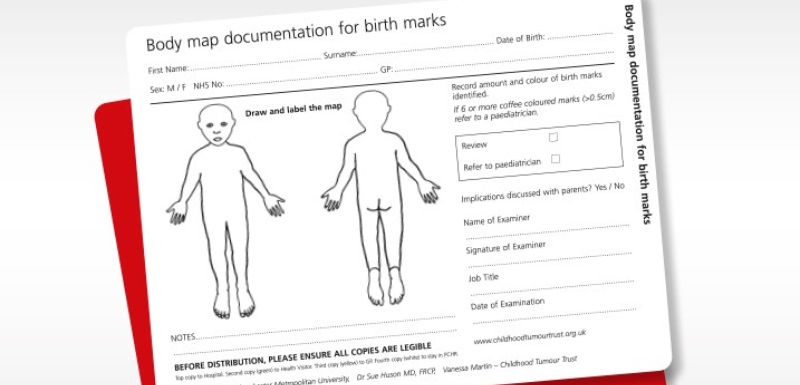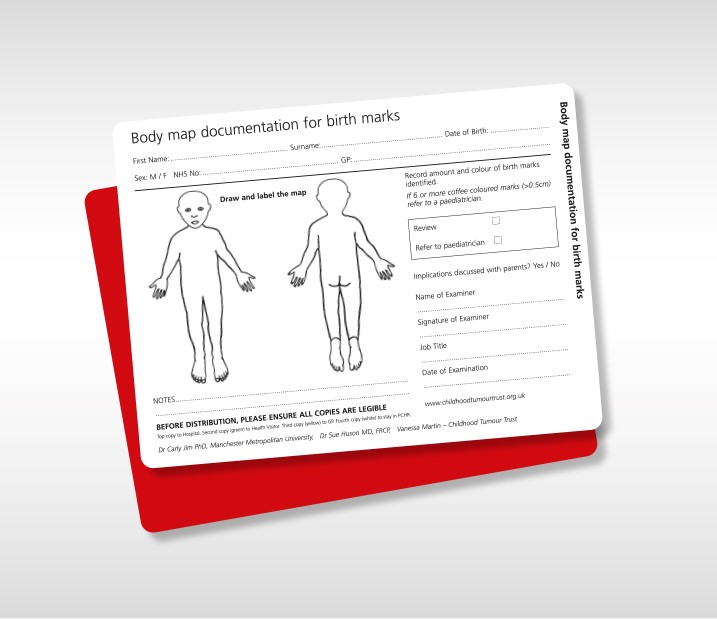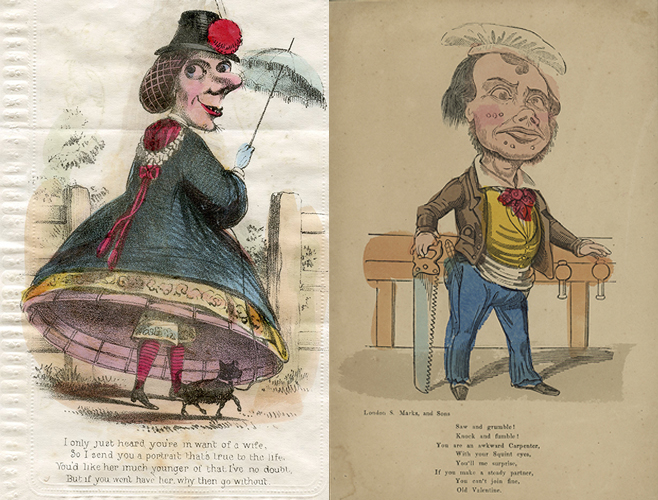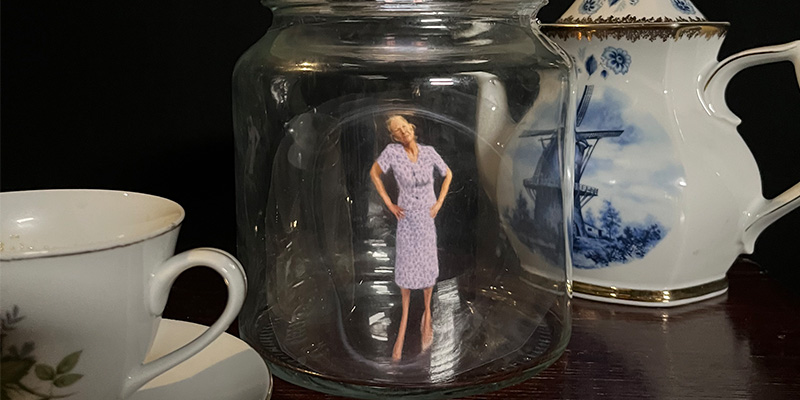News | Thursday, 1st March 2018
Body diagram in child health logs helps flag birthmarks and genetic diseases
Dr Carly Jim, Senior Lecturer in Psychology, co-created illustration to raise awareness

Parents and carers in parts of Southern England will be the first to get new versions of the children’s 'red book' health and development log that contain a body map illustration to identify birthmarks and a genetic condition.
Designed by a university academic and charity, the new diagram will help to identify the genetic condition neurofibromatosis type 1 (NF1) as well as differentiating between birthmarks and bruises to avoid cases of erroneously reporting abuse.
The new body map is not among the core pages of the national standard Personal Child Health Record that goes to every new parent and carer but is a discretionary page individual commissioning health bodies can decide to have included.
Dr Carly Jim, a Senior Lecturer in Psychology at Manchester Metropolitan University who specialises in the experience of chronic conditions, helped to design the new body map and said she is "incredibly proud of" the diagram.
Dr Jim produced the page in collaboration with the Childhood Tumour Trust charity, of which she is a trustee, internationally renowned neurofibromatosis expert Dr Susan Huson and the charity's chair Vanessa Martin, who for three years has been championing the campaign for the body map to be included in the red book as standard.

Dr Jim said: "The charity has been campaigning for the last few years to get a body map into the red books nationally.
"We have been lobbying the Government and reached a brick wall.
"They are essentially saying we need to prove it works before they consider it for national inclusion.
"We're trying to show how well how it has been responded to and that people using it on the ground - parents, midwives, health visitors - want it in the core pages."
Referral process
The redesigned body maps alert the assessor to the potential significance of multiple birth marks and includes a referral process which is the key to accurately diagnosing neurofibromatosis and other conditions.
Families in East Sussex will be the first to get the Childhood Tumour Trust-designed body map page as an insert in the red books within the next few weeks and the charity hopes other regions can be persuaded to follow suit.
Dr Jim said: "It's baffling that something so simple that can save lives isn't included in the red book as standard.
"The average person, including myself before the diagnosis of my daughter with neurofibromatosis, doesn't know that if a child has six or more birthmarks, quite probably - up to 95 per cent probability actually - they have neurofibromatosis, which is a genetic condition.
"People like midwives may notice birthmarks and may notice a large number of birthmarks but observations such as these are not otherwise recorded.
"What this new body map does is allow birthmarks to be flagged and initiate a referral to a paediatrician for further consideration."
It's baffling that something so simple that can save lives isn't included in the red book as standard
The body map also raises awareness with health professionals and parents that birthmarks that may be misinterpreted as bruising, especially as the pigment in neurofibromatosis birthmarks takes time to fully show, and therefore helps avoid cases of misidentified child abuse.
Dr Jim said: "From an academic standpoint, I helped ensure the redesigned body map is fit for purpose and the charity is out talking to the regions trying to persuade NHS bodies to adopt it in their red books."




